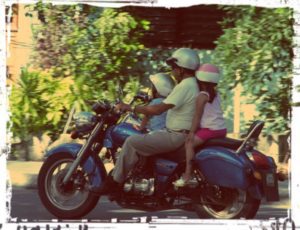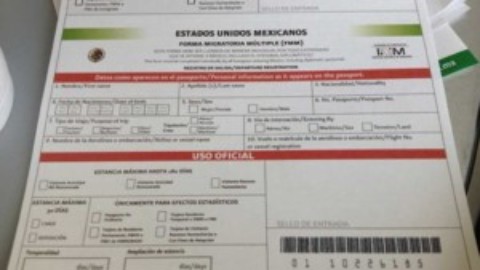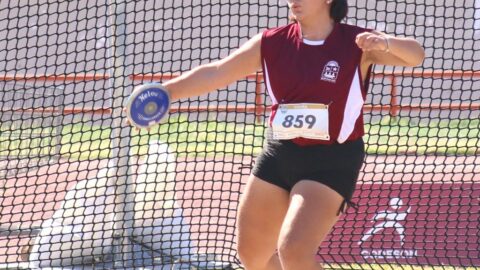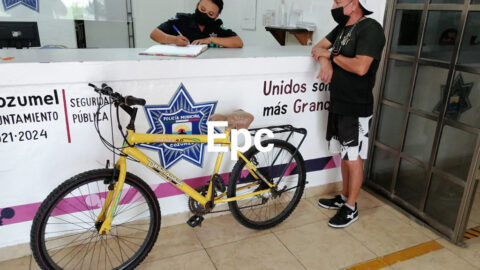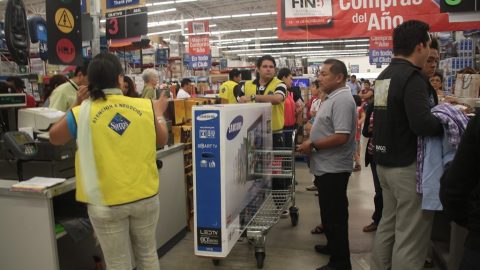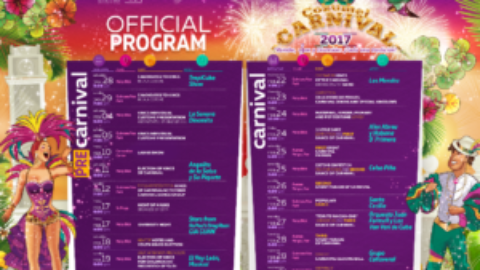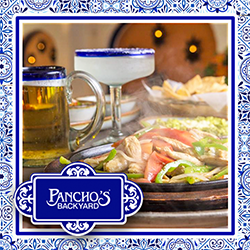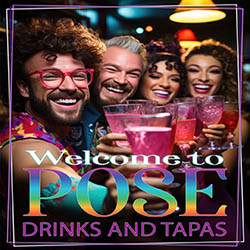Remembering, re-editing and reloading. It’s been two years since our last outbreak of dengue in Cozumel; exactly on april 2011 I remember having the first case of hemorraghic dengue at San Miguel Clinic and, after discussing it with some colleagues we concurred: that was a “dengue year”.
We tried to warn patients and authorities, the answer came three months later, once rain season started overtly, patients were filling hospitals and a very late attempt for prevention was just getting started.
I posted the following at blogtorchey.blogspot.com on its spanish version on june 2011, by that time, little had been made and misleading information was a current language on the streets. In an effort to avoid our past experience and after a very assertive sugestion and precious help from the Cozumel4you team, here it is: the ABCDs for dengue. I decided not to edit pieces of the article that tell how was our scenario at that moment, the reason for this is explained within the first paragraph: we forget and lower the guard quite fast. Whenever necessary or possible, I will add 2013 remarks and information which will be properly pointed out.
Though behind schedule, they arrived. After a very dry May in Cozumel, the rainy season came on mid June and a couple of heavy rains were enough for dengue season to formally begin; after five days, the reckoning was evident: five cases of dengue, four of them hemorrhagic. This is no alarm, however though it turns-up every year, we seem to forget about it; thus one of the reasons for writing about dengue. A second reason arises from remarks in hallways, in meetings and on the table, which, on the one hand suggest amnesia or ignorance about its monitoring and prevention or, otherwise, amongst colleagues, concern about its scope this season. In the following installments I will explain the ABCs and, if I may, the D of dengue.
- Aedes aegypti. This is the main name of the mosquito that transmits dengue. You may soon find a picture in the blog where you may observe its white and black legs, one of its main features. While it transmits the dengue, it does not originate the disease. Dengue is a diseased produced by the dengue virus (DV), described as having four subtypes which cause, to our knowledge, the same type of disease. The only variable we have observed is that when a person who has previously had dengue caused by one of the viruses (say, DV type 1), when infected with a different type (for instance, DV type 4), that person is more susceptible to hemorrhagic dengue: We will speak of it later.
In general, viruses are microscopic organisms usually formed of primary chains of genetic material that do not have a cellular structure of their own. I do not intend to give a class on biology, but only want to emphasize these are microorganisms that depend on a host (in this case, the mosquito and the human being) in order to reproduce and fulfill their life cycle. On the particular case of DV, this is an ongoing cycle from man to mosquito and vice versa. Outside one of its hosts, the virus is very fragile.
We could summarize the virus’ life cycle as follows: from an infected man. The man has the virus circulating in the blood, the mosquito bites and draws the virus from the ingested blood. The virus reproduces and multiplies inside the mosquito; copies of the virus are placed in the “eggs” of future mosquito larvae. Thus, the mosquito lays the eggs (which contain genetic material of the virus) in a water container. The egg hatches and in just a few days, the larval stage begins within the water container. The larva settles on the surface of the water forming a cocoon, from where it emerges as a developed mosquito. We need to remember that this mosquito holds the genetic contents of the virus from the moment it was deposited in the form of an egg and once in the mosquito stage, the material rests in its “salivary” glands. When a human is bitten, this mosquito “saliva” slips anticoagulant and antihistamine into the skin, thus the infected mosquito transmits the virus.
This is All for the time being. I hope you find it helpful. Wait for the next installment: B – GarBage, trash and water containers.
This is the first in a series of 4 articles, written by Dr. Fernando Senties Nieto. Also known as Dr. Chey, he is a fully bi-lingual, board certified family practitioner here in Cozumel. In addition, he also has a Masters in Hyperbaric and Diving Medicine and Clinical Psychology and Psychiatry. He offers consultations at his private office, the Clinica San Miguel, and will even schedule a house call. For more information, visit his webpage.
- Cozumel 4 You News April - April 18, 2024
- Cozumel Easter Vacation Semana Santa 2024 - April 18, 2024
- Cozumel Museum - April 18, 2024

